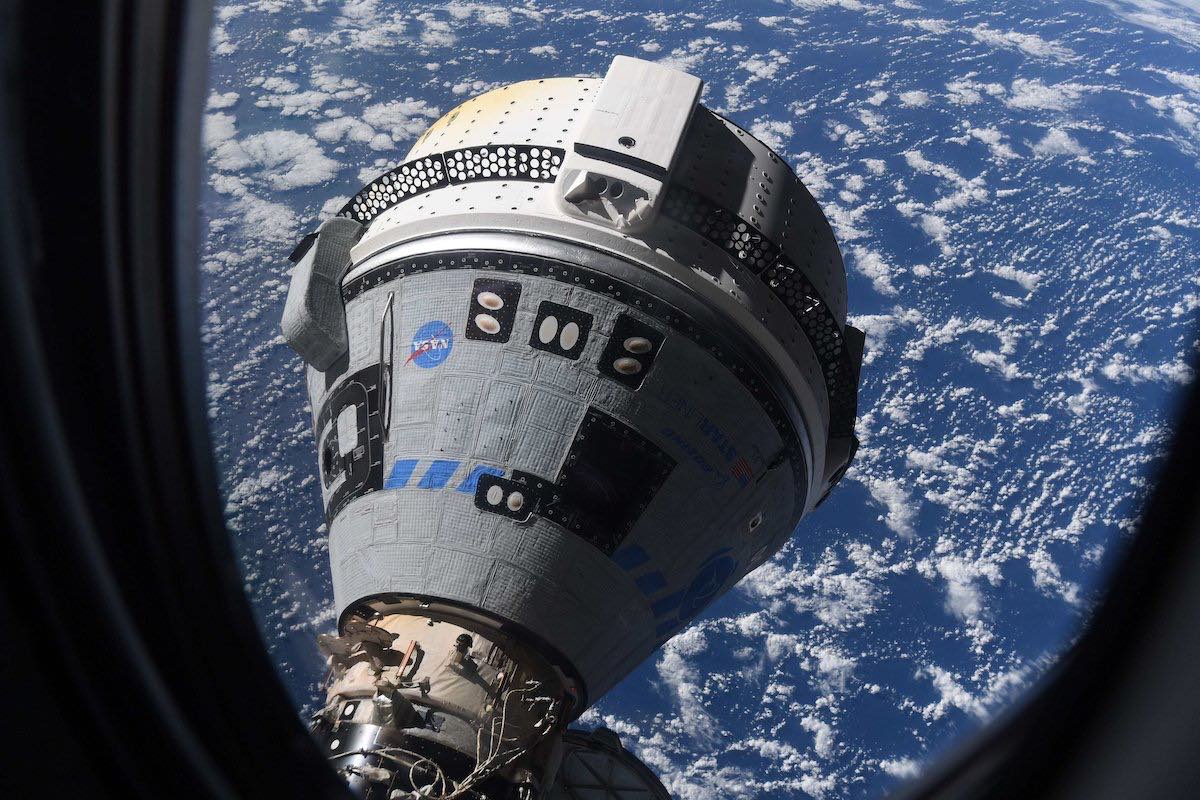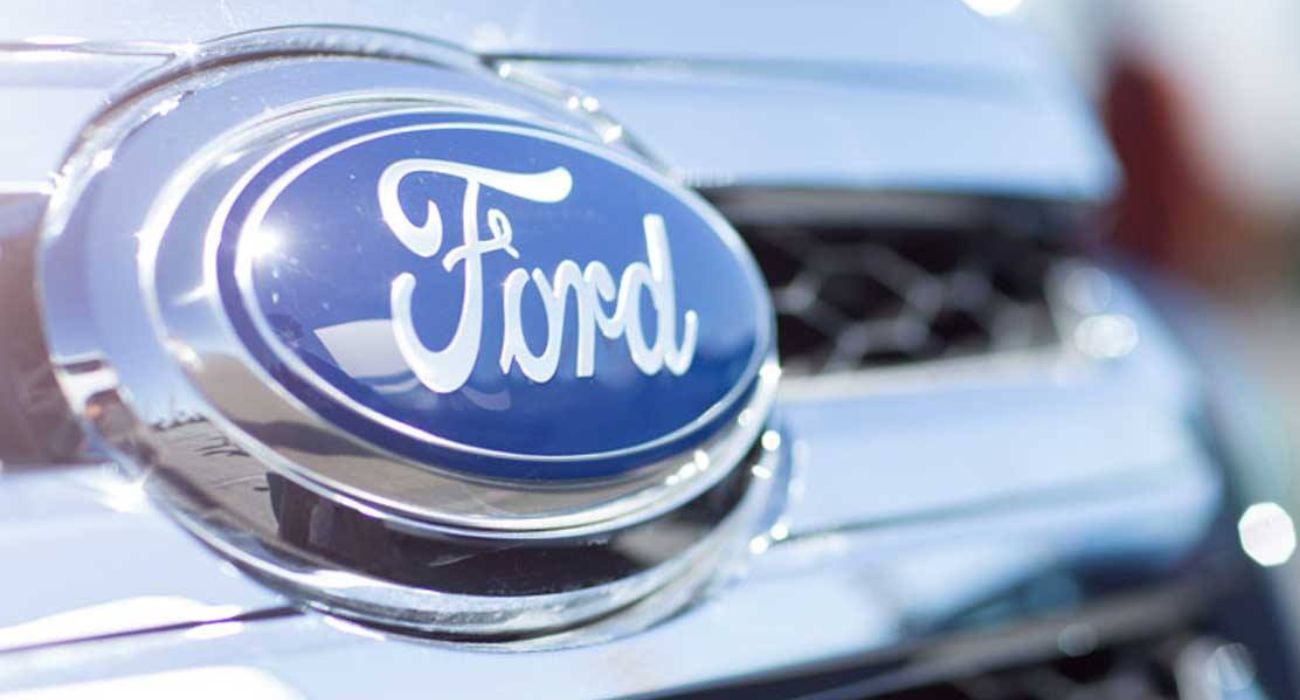Starliner, NASA’s next human-manned spacecraft, landed in New Mexico on Wednesday after a successful unmanned test voyage to the International Space Station (ISS).
The craft was built so that astronauts could go to and from lower-Earth orbit. According to NBC News, NASA chose the Boeing company and Elon Musk’s company SpaceX to replace its space shuttle fleet, which was retired in 2011.
Since then, Space.com reports, NASA has had to pay the Russians as much as $90 million per seat to send astronauts into space on their Soyuz spacecraft. So, NASA contracted with Boeing and SpaceX to build reusable spacecraft and lower the cost of service missions.
Boeing’s CST-100 Starliner spacecraft fell into the Earth’s atmosphere Wednesday night en route to a parachute-assisted drop over the White Sands Space Harbor in New Mexico, The Verge reports. The craft landed on schedule at 6:49 p.m. EDT.
The unmanned test mission was first undertaken in 2019 but thwarted by software issues. This second attempt was successful, launching into orbit on May 19, docking with the International Space Station on May 20, and touching back to earth on May 25.
This current test voyage is a big step forward for NASA’s troubled Starliner, which has been plagued by several setbacks and costly engineering failures in its development, Reuters reports.
Even though four of the Starliner’s numerous onboard thrusters malfunctioned during its journey to orbit, it fulfilled its primary goal — a rendezvous with the International Space Station — despite these setbacks. Boeing technicians also had to come up with a solution for a thermal control problem when the spacecraft approached the space station, Reuters reports.
SpaceX’s Falcon 9 rockets and Crew Dragon capsules have been Nasa’s primary means of space travel since 2020, when manned space trips to orbit from American soil resumed nine years after the shuttle program ended.
Before that, the only other way to get to the laboratory in orbit was to board a Russian Soyuz spacecraft, but that option is less appealing now as tensions between the U.S. and Russia over the conflict in Ukraine have risen.
Boeing, based in Chicago, is in a precarious position as it tries to recover from crises in both its airliner and space defense businesses. Reuters reports the project has cost the firm more than $600 million in the last two and a half years to implement the Starliner program alone.






